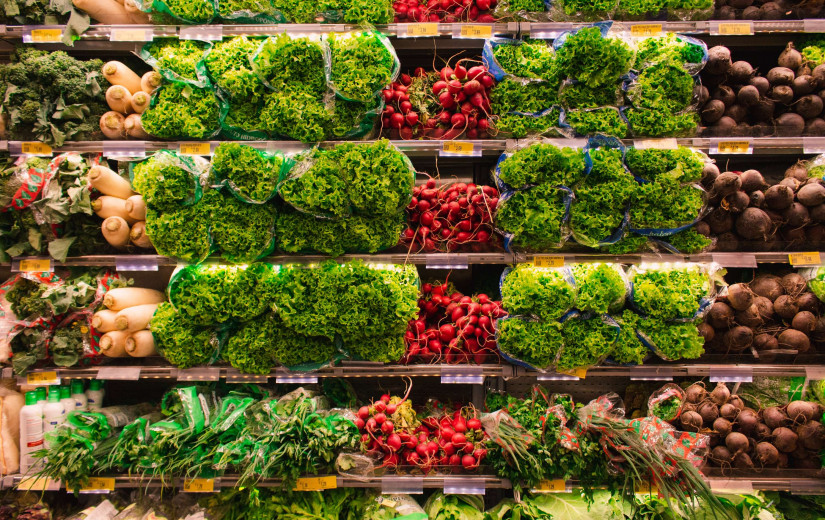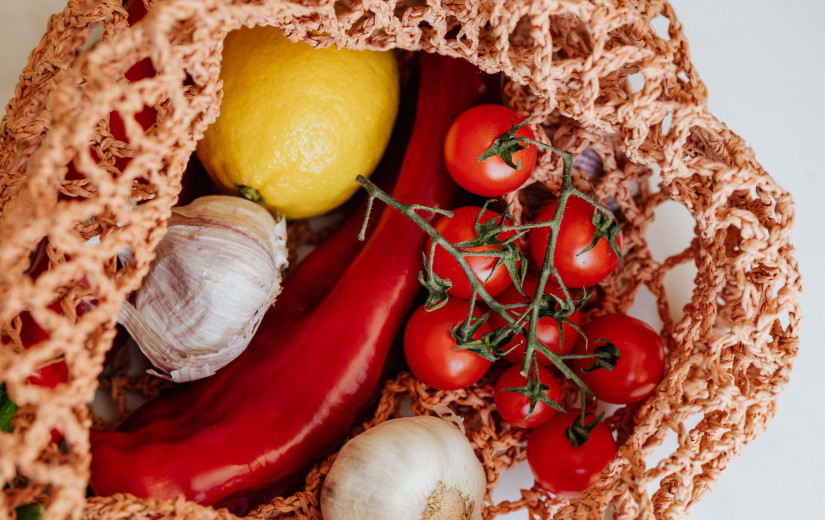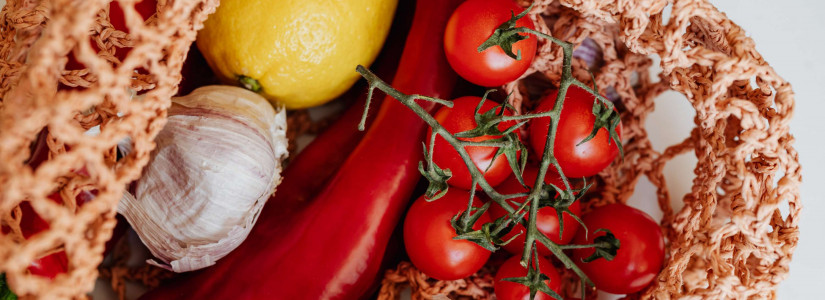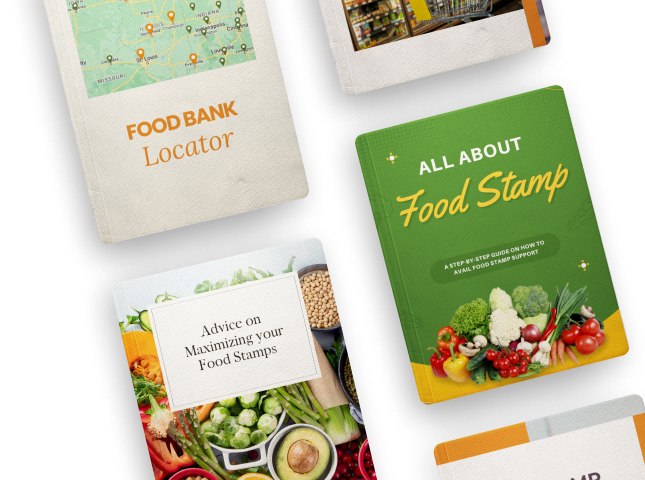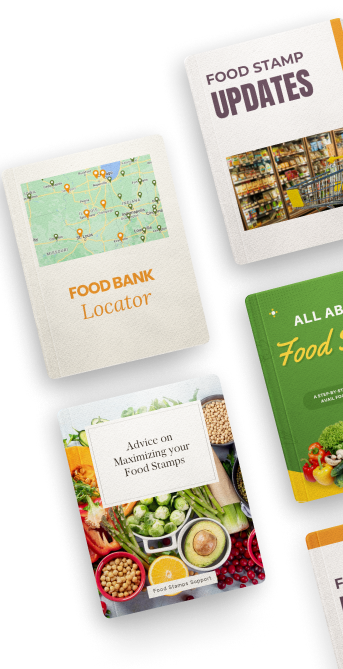How to Store Your Produce for Optimal Taste, Longevity, and Nutrition
While it may not seem like it now with winter weather gripping much of the nation, spring is just around the corner. With the arrival of spring comes a full bounty of fresh fruits and vegetables. This is the perfect time to start thinking about how you are going to improve your diet by increasing your intake of produce. Here are a few ways that you can get the most out of this effort by storing them properly.
Freezing Produce
While many people turn their noses up at frozen produce, doing so is a great way to preserve its freshness and to ensure that the nutritional quality is maintained at peak maturity. Note that it is not recommended to freeze lettuce, eggplant, radishes, artichokes, and whole potatoes. If you plan to freeze bananas, be sure to peel them first and place them in a freezer-safe bag.
Cold-Sensitive Fruits and Vegetables
There are a handful of particular foods that display sensitivity to the cold, necessitating that you do not refrigerate them. Foods to keep in your pantry instead of your fridge include onions, garlic, winter squash, and potatoes. Storing these vegetables in a cool and dark place will help them to retain their moisture and flavor for up to a few weeks.
Spoilage Rates
When planning your meals for the week, be sure to plan to eat the produce that tends to spoil quickly first. The first foods to eat include asparagus, avocados, mushrooms, leafy greens, strawberries, artichokes, bananas, broccoli, corn, and cherries. Fresh herbs should also be consumed quickly. Foods that may last a little longer include grapes, pineapple, summer squash, and limes. The produce that has a reputation for holding on for up to a week when stored properly are bell peppers, cauliflower, grapefruit, lemons, oranges, pears, plums, tomatoes, watermelon, and blueberries. The best long-haulers are apples, carrots, celery, potatoes, onions, and winter squash.
Miscellaneous Helpful Tips
Produce can be a fickle beast with different rules for different foods. For example, it is recommended to store potatoes in a cool and dry place with plenty of ventilation. Letting the potatoes come into contact with onions may result in eyes growing on the surface of the potatoes.
While you want to keep mushrooms in a cool place, do not wash them until you are ready to consume them. Washing them prior will only result in a slimy texture. In contrast, it is a good idea to wash your heads of lettuce prior to refrigerating them. Once you have thoroughly washed the leaves, dry them carefully and store them in a plastic bag with a few paper towels to hold in the moisture.
Asparagus will hold the longest and retain its flavor if you store it in the fridge wrapped up in a moist paper towel. Alternatively, you can stand the asparagus on its ends and store it in a glass of cold water wrapped up with a damp paper towel.
Grapes, cherries, blueberries, and strawberries should be kept in the fridge inside containers with small vents. This will keep the fruits fresher because it will gradually release the moisture that accumulates.
If you want your pineapple to taste sweeter, store it upside down for at least one day at either room temperature or in the fridge. This will encourage the natural sweetness to spread.
Find Yourself with Produce About to Go Bad?
Do not despair if you find yourself with produce that is about to go bad. You do not have to resign yourself to food waste. Have a variety of vegetables that are nearing their end? Consider making a vegetable soup and using all of it up. Vegetables like carrots and green beans also make great additions to a variety of casseroles and stews.
If you have leftover fruit that is about to go bad, you can whip up an easy crisp or cobbler. Blueberries can be made into muffins or bread. Or make a batch of smoothies for the family to enjoy. Bananas that are too brown to eat can be frozen for later use in banana bread or smoothies.
All of these tips will help you to get the most out of your fresh produce haul, ensuring maximum taste, longevity, and nutritional value.




